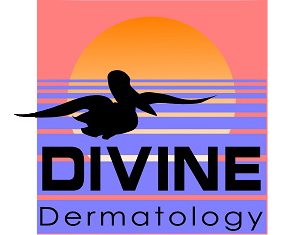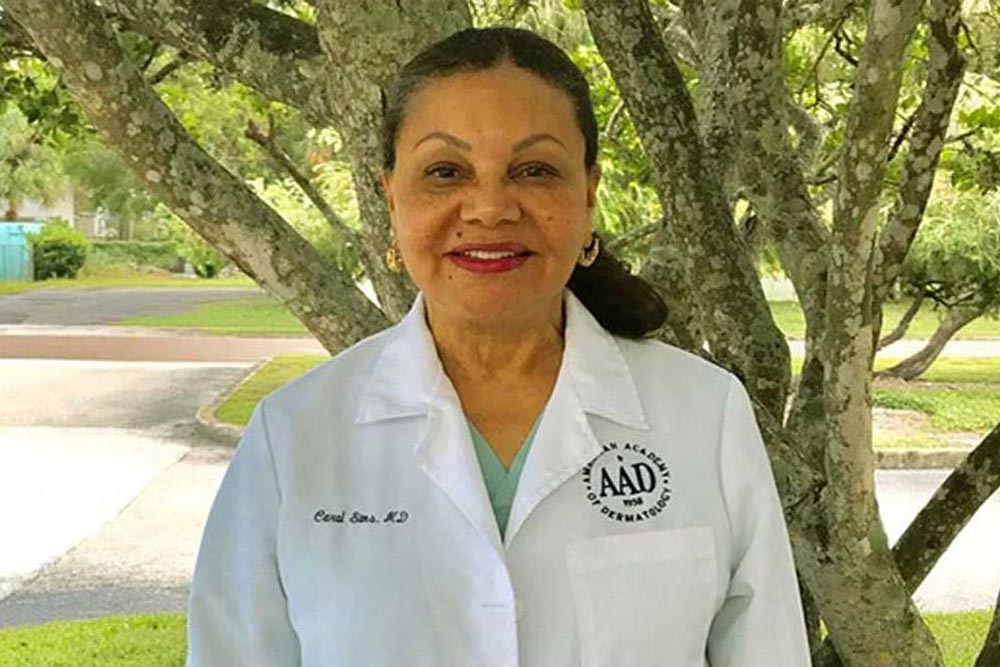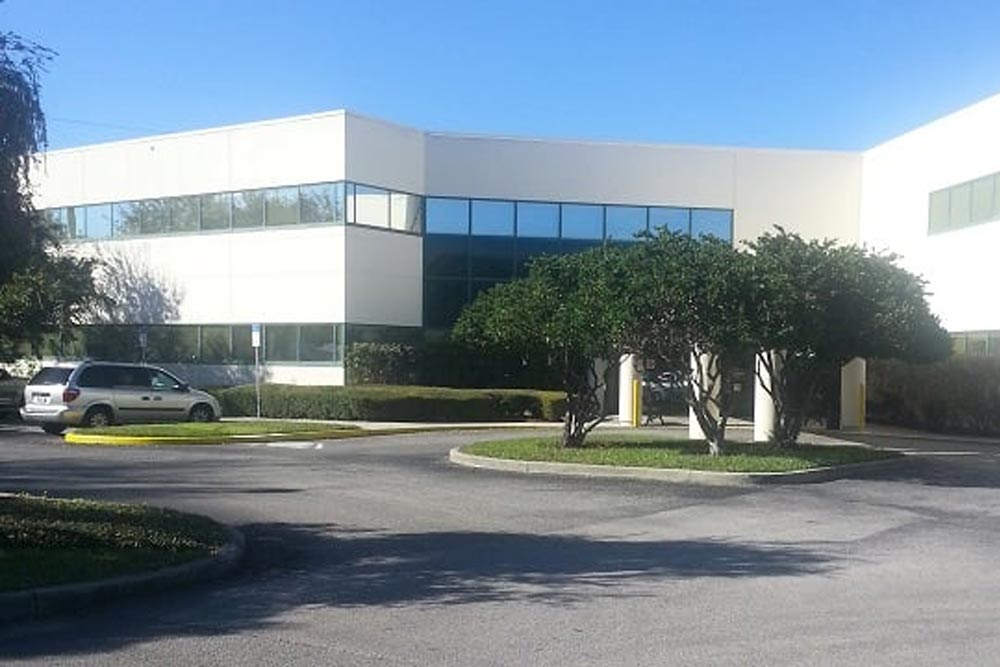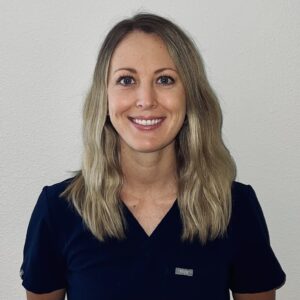Clinical Specialization | Dandruff
Introduction
Dandruff is a common, chronic scalp condition that results in the shedding of white or yellowish flakes of dead skin. It’s often accompanied by itching, and in some cases, redness or irritation. While it’s not serious or contagious, it can be persistent and sometimes embarrassing.
Symptoms
Flaky scalp (white or yellowish flakes)
Itching and irritation
Dryness or oily patches on the scalp
In more severe cases: redness or inflammation
Causes
Dry Skin – The most common cause. Flakes are typically small and not oily.
Seborrheic Dermatitis – A more severe form of dandruff, often causing red, greasy skin covered with flaky white or yellow scales. It can affect the scalp, eyebrows, sides of the nose, and other oily areas.
Malassezia (Yeast-like Fungus) – Naturally found on the scalp, but overgrowth can irritate the scalp and increase skin cell turnover, leading to dandruff.
Sensitivity to Hair Products (Contact Dermatitis) – Reactions to certain ingredients in shampoos, conditioners, or styling products can trigger dandruff-like symptoms.
Infrequent Washing – Not washing your hair regularly can allow oil and skin cells to build up, causing flakes.
Other Skin Conditions – Conditions like psoriasis and eczema can cause scalp flaking that resembles dandruff.
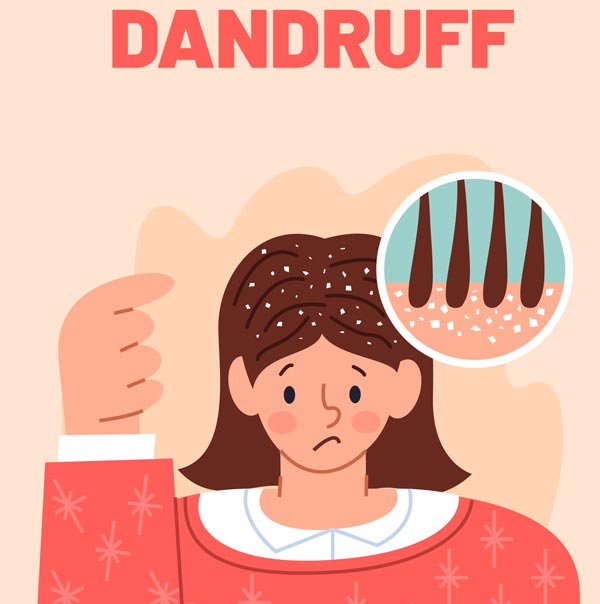
Why You Should Get It Treated
If dandruff is persistent, severe, or not improving with over-the-counter shampoos, it’s a good idea to see a dermatologist. They can accurately diagnose the cause—whether it’s dandruff, psoriasis, eczema, or something else—and recommend stronger, more effective treatments.
With a personalized care plan tailored to your scalp and hair type, you’ll get faster relief from flakes and itching, and feel more confident in your skin.
How We Treat Dandruff
We treat dandruff by addressing both the symptoms and underlying causes, which often involve a combination of treatments. Here are some common approaches they may take:
- Medicated Shampoos:
Anti-fungal shampoos (e.g., ketoconazole, selenium sulfide) to control the overgrowth of Malassezia, a yeast linked to dandruff.
Tar-based shampoos can help slow skin cell turnover.
Zinc pyrithione shampoos may reduce yeast and bacteria on the scalp.
Salicylic acid shampoos can help exfoliate the scalp and remove flakes.
- Topical Steroids – Mild corticosteroids (such as hydrocortisone) may be prescribed to reduce inflammation and itching, especially in more severe cases.
Topical Treatments:
- Topical antifungal treatments in creams or lotions can be prescribed for persistent dandruff or seborrheic dermatitis.
- Lifestyle and Home Care Recommendations:
Avoiding triggers like stress or harsh hair products.
Washing hair regularly to help control oil buildup and flakiness.
Using moisturizers if the scalp is dry.
- Light Therapy:
For severe cases, dermatologists may use ultraviolet (UV) light therapy, which can help reduce skin cell turnover and inflammation.
For Consultations Call us at (727) 528-0321
What else would you like to do?
Get to know Dr. Carol Sims-Robertson, including her history, her education and her specializations.
See our office’s location, learn about its features and view the image gallery.
See which insurance plans we accept and other important information about how we handle insurance.
